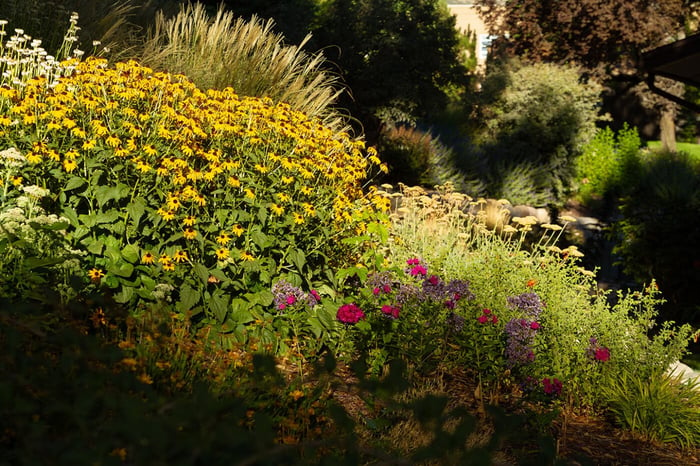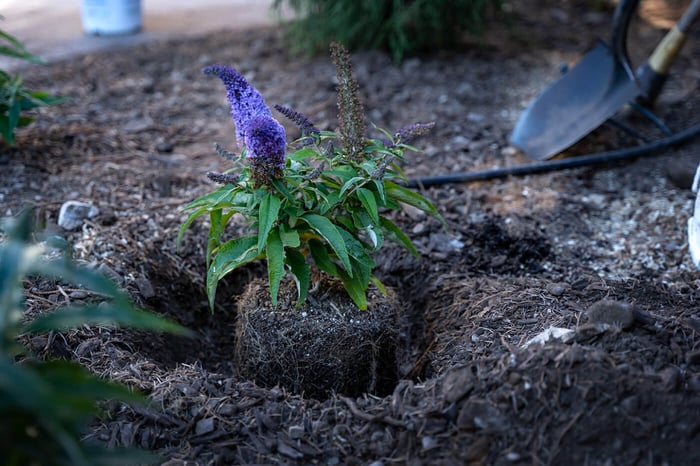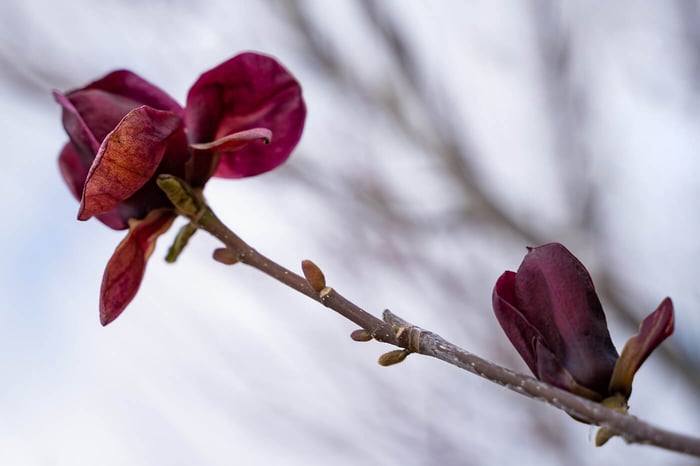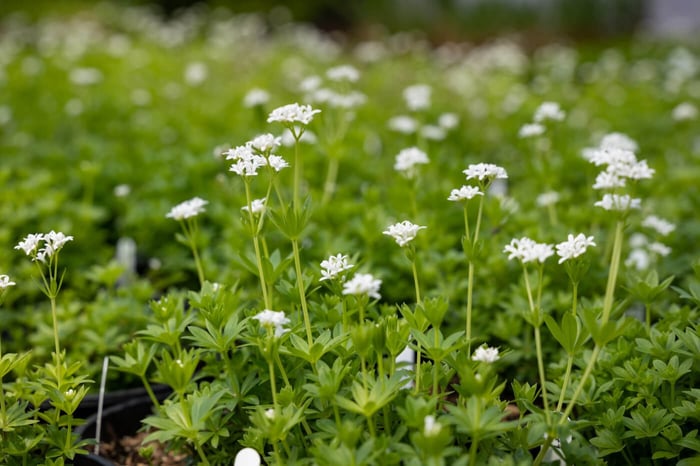Here in the arid Intermountain West, we’re all looking for ways to reduce water consumption. Even in a “wet” year, there is very little water to go around. Plus, Utah’s population is exploding, increasing the demand for water. Because we’re all trying to conserve, homeowners are constantly asking us what they can plant in their yards for a beautiful, waterwise landscape. One solution is to use more native and adapted plants.

Get Personalized Landscape Design Help Here
Using native plants in your landscape is a wonderful way to be environmentally friendly. Utah native plants developed here naturally over many years without any help from humans. Native plants can grow in our soil without fertilizers, pesticides, or irrigation systems.

Utah has a very diverse selection of native plants because our terrain and ecosystems vary. In the cooler, mountain regions, you’ll find several varieties of trees, shrubs, flowers, and edible plants naturally designed to thrive here. However, when the first settlers arrived in Utah, they discovered a very limited selection of vegetation on the valley floor. That’s because, in order for plants to grow and survive in the Great Basin area, they need to be heat-tolerant, salt-tolerant, drought-tolerant, cold-hardy, and not very picky about their soil. Our online catalog has an entire section devoted to native plants that will grow nicely in your yard!
Shop Utah Native Plants

As you design your landscape, be sure to consider where you live. Living along the Wasatch Front doesn’t mean the same thing for all people. If your home is on the benches, you will have different plant options than you’ll have if you are lower in the valley closer to the Great Salt Lake. There are significant temperature differences between the higher elevations of Alpine, for example, and lower elevations, such as Magna (even though the elevation difference is only a few hundred feet). And soils vary widely from one area to another. We’ve even seen measurable differences in soil within the same yard!
If you are considering landscaping your yard with native plants, be sure that you are choosing the plants that are native to your specific location. The wrong native plant for your location will struggle in your yard. For example, quaking aspen trees are native to Utah, but they belong in the mountains. They struggle with pests and disease when they're planted on the valley floor, and they tend to spread throughout the neighborhood.
When natives aren't an option for your location, or if you don’t want to design your entire landscape with them, adapted plants are just as good. They thrive in our climate without harming existing plants or wildlife, or becoming invasive—and they're equally beneficial for pollinators and local species.
Many adapted plants are cultivars derived from parent plants native to this region. For example, several of the most popular junipers for Utah landscapes are cultivars adapted from the juniper that grows here natively, Juniperus scopulorum. Examples of these are: ‘Blue Arrow’, 'Cologreen'. 'Moonglow', 'Skyrocket', 'Wichita Blue', 'Tolleson's Weeping' Juniper, and the extremely popular 'Woodward' Upright Juniper.
Other examples of adapted plants are those that were originally native to other parts of the world and have become acclimated and established in our area. These harmless, non-invasive plants thrive here even without human intervention. Plants adapted for Utah are cold-hardy, heat-tolerant, and waterwise. You can find a huge list of waterwise plants on our website. Many of the plants listed there are perfect examples of adapted plants for this area!
Regardless of what you plant, whether it’s native, adapted, or just something you love, we recommend that you set up a drip irrigation system. Even though native and adapted plants can grow without human intervention, let’s remember that we live in Utah where things are unpredictable. A drip irrigation system will allow you to give each plant the water it needs.
If you’re new to gardening here in the Great Basin, this may all sound overwhelming. We assure you that with some time and a little help from us, you can have a stunning getaway right outside your door.








